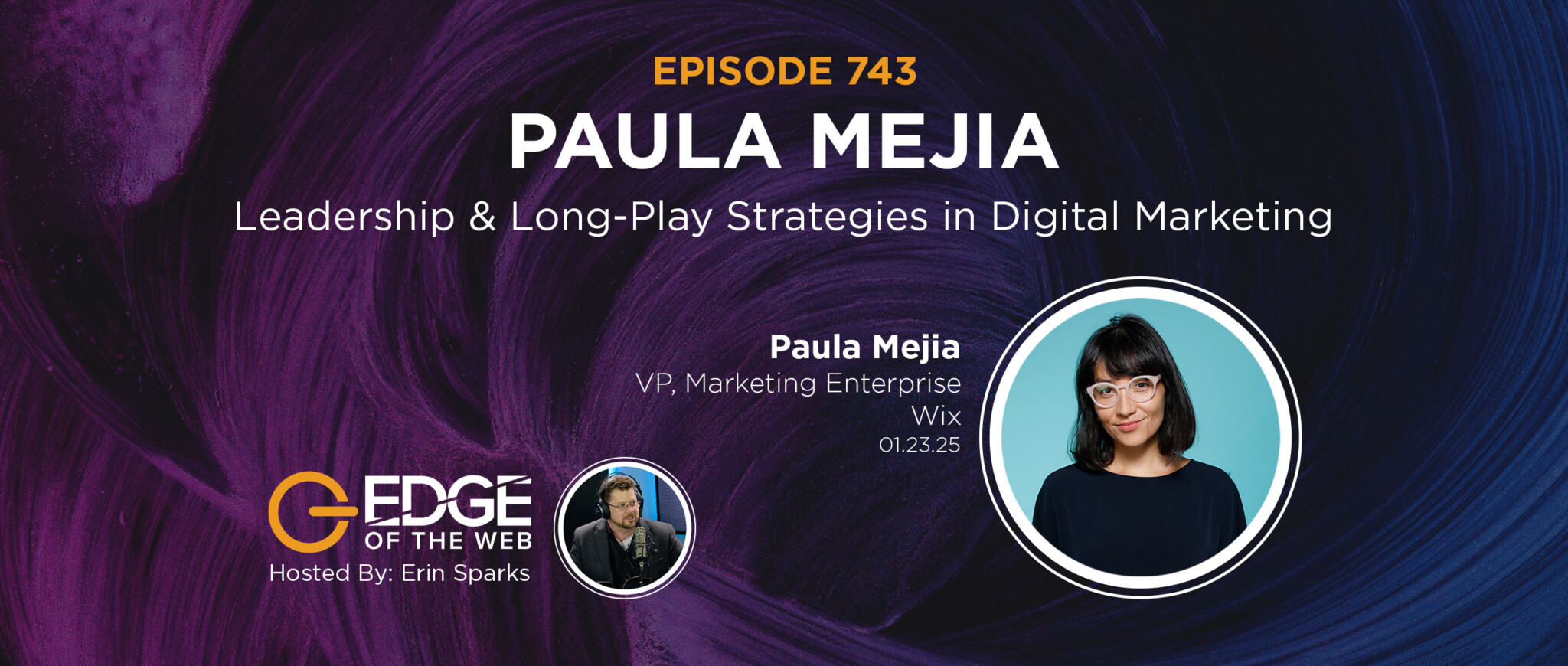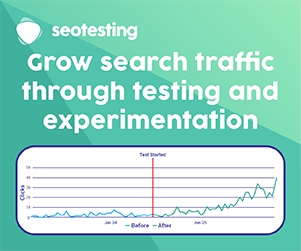When host Erin Sparks spoke with special guest Aleyda Solis, Founder of Orainti, for episode 332 of the award-winning EDGE of the Web podcast, they talked about achieving maximum growth by starting with doing SEO audits the right way. Here’s what we learned:
00:28:18
The SEO Audit Report as a Project Management Tool

The SEO audit is an evolving tool. When it’s good it clearly lays out the most important recommendations back up with data the client should implement to achieve the desired result. But the best SEO audit reports now do more than that – they don’t just describe and prioritize fixes, they also describe how to do the fixes. After all, the goal is to see the recommendations implemented, so it makes sense to describe how the fixes will be accomplished, how the results will be tracked and monitored, and so on. This kind of information turns the SEO audit report into a kind of project management tool.
Your report also has the most value when it clearly shows where the client can make the most gains in traffic relative to their competitors, so you have to include that comparison data as well. This is also why you have to focus on the critical fixes that will have the most impact of driving up traffic. Forget about all the “nice to have” stuff that isn’t really going to have much impact.
00:31:35
Getting Client Buy-In to Your SEO Audit Report
If your client hates your report, can’t understand it, or doesn’t know what to do with it, then you’re not doing it right. Your report has to be very “consumable” and easy to digest. If should be especially clear around each priority issue identified and the actions to address it.
Keeping in mind once again that the goal is to get your recommendations implemented, the language you use is very important. If it feels like you’re trashing the client or the developers or the content writers as you identify all the problems there are, you’re not going to get the level of buy-in you need to get your recommendations implements. And the client isn’t going to like you very much, either. Presenting your report should not be confrontational with the client and its team. You may need several different teams within the company to do things related to your SEO recommendations, so you need to have a good relationship with all of them.
You’ll also get more buy-in from the client if you present your information in terms of expected return on investment. If you invest this much into these SEO recommendations, you should see your traffic go up by this amount. Obviously, you need to have done your homework on the data to back up your claims or you’ll quickly be out of a job if the results don’t match your claims.
The SEO audit report can also serve you in terms of following up with the client about implementation. You’ll be able to easily see whether or not the recommendations have been implemented, and you can follow-up with the client and point out that they’re not going to get the results you outlined in your report if the recommendations aren’t implemented. If you’ve clearly laid out what should happen and why and how to do it, then lack of implementation will be clear and it won’t be your fault as the SEO – a scenario experienced by many SEOs.
Aleyda did a poll of SEOs on Twitter asking them about the top reasons their SEO process fails. More than 500 SEOs responded, and the top issue of why they fail was all about their recommendations not being implemented, usually because of a lack of resources and flexibility in taking the recommended actions.
It’s also worth noting that before you take on an SEO client, you should make sure it’s a good fit, and that the client has resources and technical capacity to take action on recommendations. More SEO consultants need to pay less attention to the volume of clients they take on and pay more attention to the quality of clients they take on. Some clients simply aren’t ready or mature enough to do serious SEO work with a professional.
00:43:11
Rinse and Repeat
It’s best to think of your SEO work for a client in stages. Set yourself up for an initial win with a pilot project to explore the fit. Produce a very clear report prioritizing a few high-impact recommendations that when implemented gets the client the results you promised. When the client sees those results, you’ll be in a good position to then talk about the next round of work.
And if you present at a meeting about your work, you have to speak the right language that matches who you’re speaking to. If it’s the CMO or CEO, avoid using technical SEO language. But that language may be appropriate if you’re talking to developers. Adjust what you talk about and what language you use to talk it about it to match up well with the person or people you’re talking to. Keep your reports simple, concise, and understandable by anyone!
Connect with Aleyda Solis and Orainti
Twitter: @aleyda (https://twitter.com/aleyda)
Facebook: @aleydaseotips (https://www.facebook.com/aleydaseotips)
LinkedIn: https://www.linkedin.com/in/aleyda
Crawling Mondays on YouTube: https://www.youtube.com/c/crawlingmondaysbyaleyda
Website: https://www.aleydasolis.com
Orainti Website: https://www.orainti.com
Orainti Twitter: @orainti (https://twitter.com/orainti)
Orainti Facebook: @orainti (https://www.facebook.com/orainti)
Orainti LinkedIn: https://www.linkedin.com/company/orainti
Demystifying Your Digital Marketing ROI
You can find out the truth about whether or not your digital marketing efforts are paying off with EDGE sponsor Site Strategics and a Digital Marketing ROI Report examining your existing SEO, content, social media, and PPC. Visit https://edgeofthewebradio.com/roi/ to get 30% off a comprehensive review of your digital assets!























